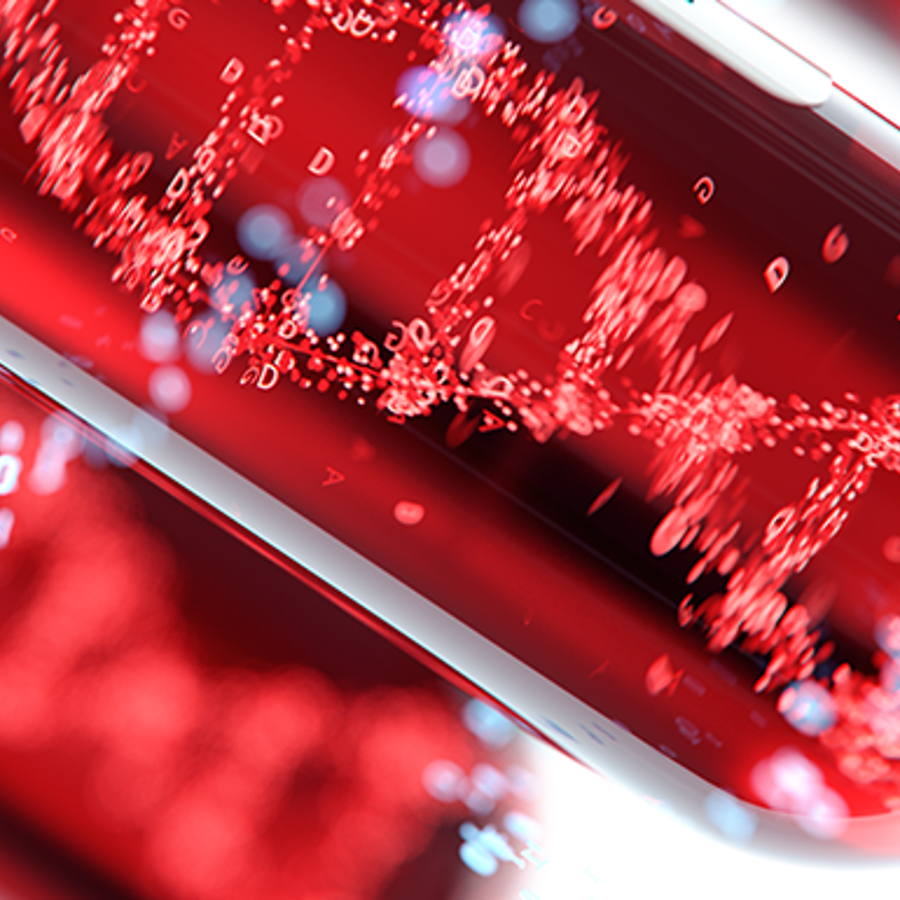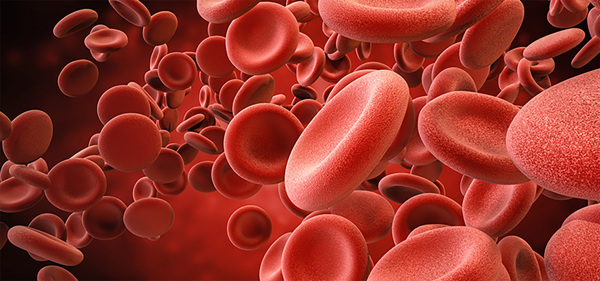
Could a bone marrow transplant recipient have two sets of DNA?
February 9, 2007

A curious adult from Texas asks:
“I recently read Natalie Dye's response to a question about chimera DNA. As A Crime Scene Investigator and instructor this piqued my interest and has me wondering about DNA as it relates to bone marrow transplants. Would a person who receives a bone marrow transplant essentially now have two potential sources of DNA, the original pre-existing in the body's cells and now another from the donor cells of the bone marrow?”
You are exactly right. A bone marrow transplant turns the patient into a chimera. What I mean is that the DNA in their blood is different than the DNA in the rest of their cells.
In theory, this could complicate a criminal investigation. In fact, there is at least one case where it did. Before going into that, though, let's go a bit more into how DNA testing and bone marrow transplants work.
DNA has been used in the courtroom as evidence for the last 25 years or so. It has helped convict the guilty and set free the innocent. And it isn't just for the courtroom.
DNA testing (also called DNA typing) can be used to figure out who the father of a child is. It can also be used to figure out fertility issues. Or to figure out if someone is a match for a bone marrow or organ transplant. DNA testing is everywhere!
DNA typing is based on the fact that every cell in a human body contains identical DNA and that everyone's DNA is different. DNA testing can be done by collecting DNA from very small amounts of human hair, bone, skin tissue, saliva, semen, and blood.
Every person differs from each other in around 0.1% of their DNA. Scientists have identified 13 places on our DNA that are very different between individuals. They use those areas to produce profiles that can distinguish one individual from another.
The way these tests are usually done, though, assume that a person's DNA has to be the same in every cell. While this is true for almost everyone, there are some rare exceptions.
Sometimes people are born with two different sets of DNA (click here to learn more). These folks are called chimeras.

And sometimes a person develops different DNA later in life. A common example is small DNA changes that happen in some of our cells over time. These folks are called mosaics.
Mosaics usually aren't a problem because most current DNA tests look at 13 different spots. The odds are slim that one of these 13 will be the one that gets changed. And it is even less likely that two will change.
It is also possible to artificially end up with different DNA in some of our cells. Some ways are temporary (like blood transfusions). But others like bone marrow transplants are permanent.
A bone marrow transplant is used to treat a number of illnesses. It can treat people with various blood and bone marrow diseases. It is also used in the treatment of some forms of cancer.
The way it works is a doctor first destroys a patient's blood cells or bone marrow. This is often done with chemotherapy or radiation. The doctor then puts in new bone marrow from a matched donor.

OK, interesting but why would that affect a DNA test? Because the new bone marrow cells have the donor's DNA. And bone marrow contains blood stem cells. These blood stem cells are responsible for making our blood.
Our blood cells need to be replaced constantly (this is why a blood transfusion only temporarily changes the DNA profile of our blood). What this means in a bone marrow transplant patient is that his or her blood comes from the donor's stem cells. And so has the donor's DNA.
Now it used to be that patients had all of their bone marrow destroyed. Which meant that the donor's bone marrow completely replaced theirs.
Recently some bone marrow transplant patients get lower doses of chemotherapy and radiation that don't kill all of their bone marrow cells. These patients will have some of their own bone marrow and some of the donor bone marrow. This means their blood DNA profile will be a mixture of both the donor and recipient.
Theoretically this is all fascinating. But has it ever affected a real case? Yes.
Abirami Chidambaram of the Alaska State Scientific Crime Detection Laboratory in Anchorage gave details about one such case. The case involved a serious sexual assault.
Semen was collected at the crime scene and the semen DNA matched a blood sample from a known criminal in the database. But this person whose blood matched the semen was in jail when the physical attack happened. At the same time the crime sample also matched the DNA profile of another person.
At first all the detectives were confused by this case. With good detective work they found out that both people had the same last names and were brothers.
They discovered that the person who was in jail received bone marrow from his brother several years earlier. So, his blood DNA profile was the same as his brother's blood DNA profile. But his cheek swab DNA profile was different from his brother's.
This case shows that it is very important to test both blood and another tissue in a suspect's body to make sure they show the same DNA profile. So police may have to check both blood and cheek samples to be sure of recognizing a transplant recipient. Or even a natural born chimera.
This case also points out the small risk that potential marrow donors take by having their DNA profile turning up in a crime database if the recipient later commits a crime. But this risk is probably better than the alternative.
Read More:
- News Scientist: Bone marrow donors risk DNA identity mix-up
- LawAndOrder.fandom: Law and Order episode that deals with this subject
- NYTimes: When a DNA Test Says You’re a Younger Man, Who Lives 5,000 Miles Away

Author: Dr. Azita Alizadeh
When this answer was published in 2007, Azita was a post-doctoral fellow in the Department of Genetics, studying the genetics of cat and hamster pigmentation in Greg Barsh’s laboratory. Azita wrote this answer while participating in the Stanford at The Tech program.
 Skip Navigation
Skip Navigation
